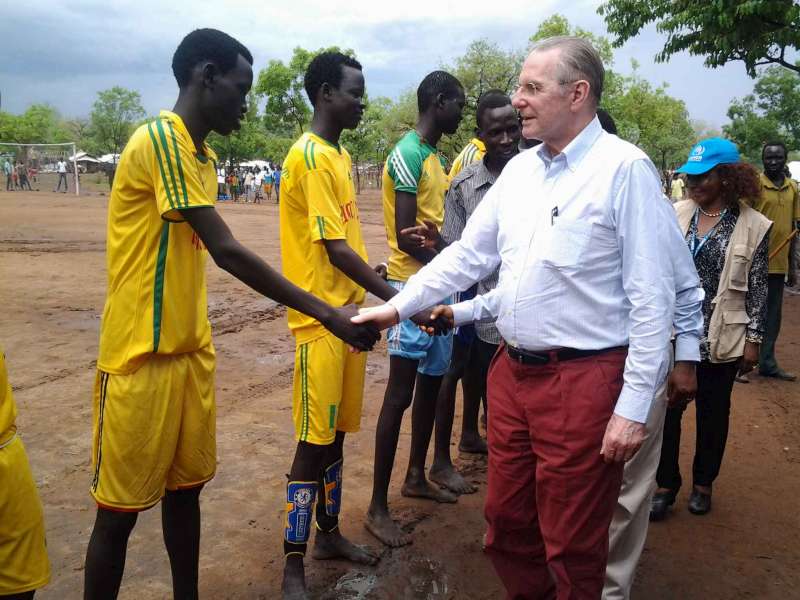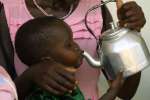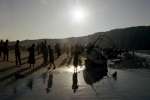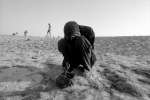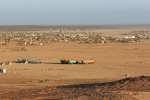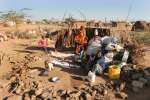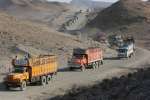- Text size
 |
|  |
|  |
| 
- عربي
Former IOC chief Rogge pledges more sport opportunities for refugees in Ethiopia
News Stories, 8 May 2015
GAMBELLA, Ethiopia, May 8 (UNHCR) – Jacques Rogge, former president of the International Olympic Committee, has this week visited young South Sudanese refugees in western Ethiopia and pledged to help them play more sport.
"Sport is a great peace factor. I believe that when teams face each other in refugee camps they learn to foster respect, reconciliation and friendship," Rogge, the UN Secretary-General's Special Envoy for Youth Refugees and Sport, said Wednesday during a visit to camps in the Gambella region, where more than 200,000 people have sought refuge since violence flared between government and rebel forces in their homeland in December 2013.
"My wish for the refugee youth is to practise more sport and we are going to take the measures that are needed for that," he stressed, without giving more details, but an announcement is expected later this year.
Rogge is a sports enthusiast and honorary president of the IOC, which he headed from 2001 to 2013. He was making his second field trip with UNHCR since being appointed a UN special envoy in 2014. Last October, he visited the Azraq Refugee Camp in Jordan, bringing messages of hope and welcoming plans to build a multi-purpose youth sports complex with IOC funding. This was recently inaugurated on the first anniversary of the camp.
In Gambella, Rogge discussed supporting sport for thousands of young refugees, not only as a child protection and development tool, but also for its key educational and health benefits as well as its virtues as a community mobilizer and social integrator.
Rogge met young refugees and their families in Kule and Tierkidi camps, talked to UNHCR staff and other aid workers and attended various sporting activities involving boys and girls, including football, volleyball and athletics. The refugees asked for sports facilities, outfits and kit such as footballs and volleyballs. One seven-year-old asked him to come back with Portuguese football star, Cristiano Ronaldo.
"We need to protect refugees by promoting sport, which is an integral part of child development, helps them make friends and succeed at school, brings youth together to live in peace and to be more active within the community," said Angele Djohossou, head of UNHCR's Gambella office.
The Gambella region is hosting more than 258,000 South Sudanese refugees, including those who have arrived since mid-December 2013. More than half of the refugees are aged under 17 years. Some say they fled to Ethiopia to avoid forced conscription by the rival fighting forces.
By Sulaiman Momodu in Gambella, Ethiopia
